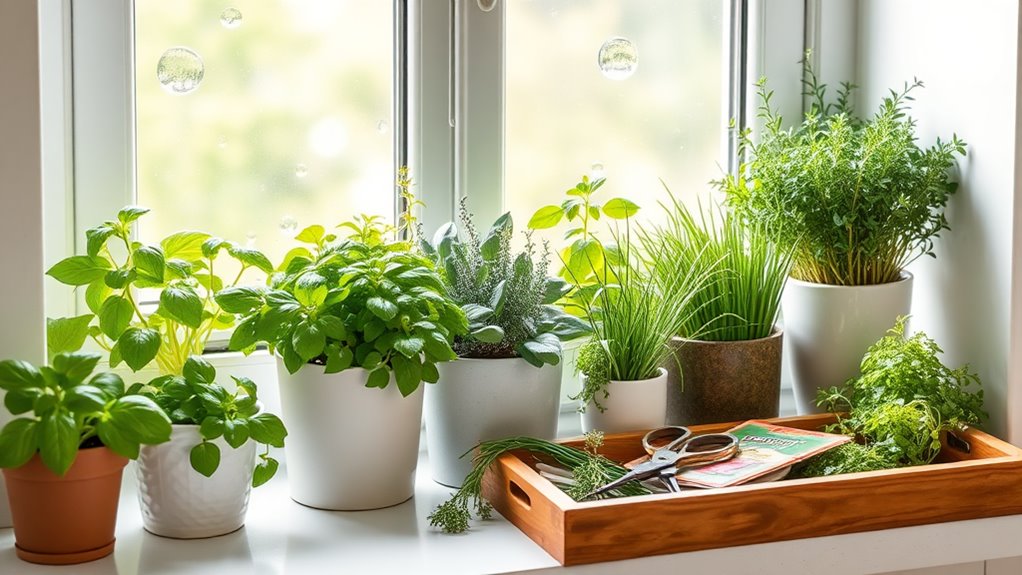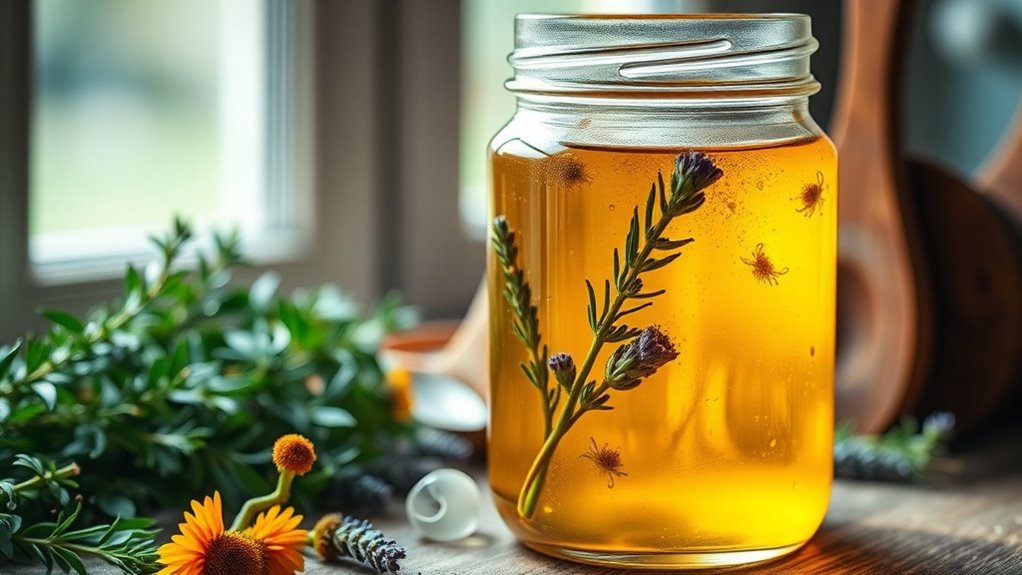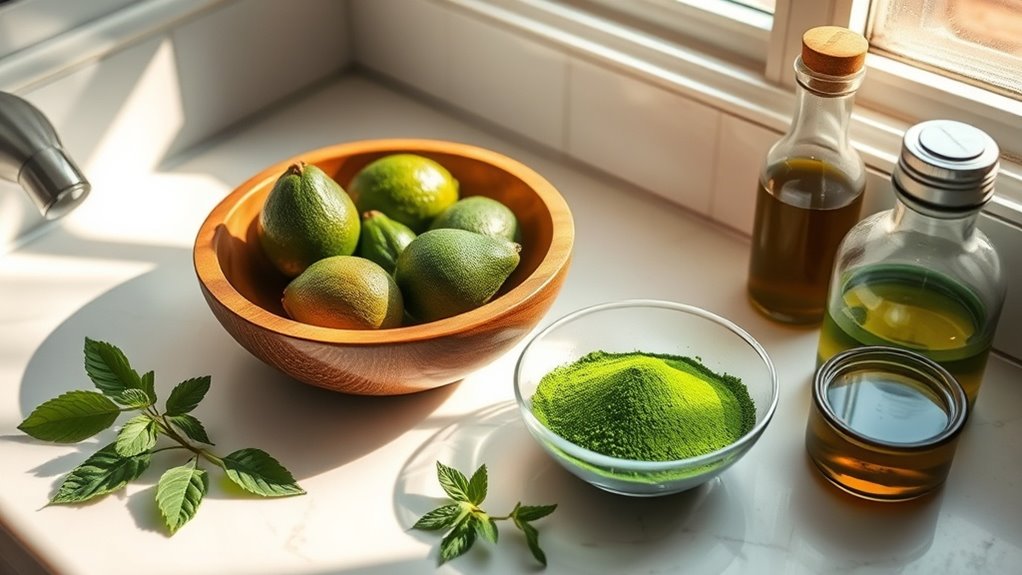Starting a Mini Indoor Herb Garden- Tips for Beginners
Did you know that indoor gardening can increase your indoor air quality by up to 50%? Starting a mini indoor herb garden is not only rewarding but also practical for enhancing your living space. By selecting the right herbs and creating the perfect growing environment, you can cultivate fresh flavors for your meals year-round. Understanding the specifics of light, water, and maintenance will set you on the path to success. Let’s explore these essential tips together.
Selecting the Right Herbs
When starting your mini indoor herb garden, selecting the right herbs is crucial for maximizing both flavor and growth potential.
Focus on herbs like basil, parsley, and chives, which thrive indoors and require minimal space.
Pay attention to your cooking preferences and light conditions, ensuring you choose varieties that’ll flourish, boosting your indoor herb gardening experience while enhancing your culinary creations. Additionally, consider plant selection that suits your specific indoor environment to ensure successful growth.
Choosing the Best Pots and Soil
Selecting the right herbs lays the foundation for your indoor gardening success, but the pots and soil you choose can significantly influence their growth.
Use pots with drainage holes to prevent root rot, and opt for a lightweight potting mix that retains moisture while allowing airflow.
A good quality soil, rich in organic matter, encourages healthy root development and overall plant vitality. Additionally, using good quality soil specifically designed for herbs can further enhance growth and flavor.
Optimal Light Conditions
Light is crucial for the success of your mini indoor herb garden, as it directly affects growth and flavor development. Position your herbs near south-facing windows or use grow lights. Here’s a quick reference for light requirements:
| Herb | Light Intensity | Optimal Hours |
|---|---|---|
| Basil | Bright, Direct | 14-16 hours |
| Oregano | Moderate, Indirect | 12-14 hours |
| Thyme | Bright, Direct | 12-16 hours |
| Mint | Moderate, Indirect | 10-14 hours |
| Cilantro | Bright, Indirect | 12-14 hours |
Watering and Feeding Your Herbs
Effective watering and feeding are essential for maintaining the health and vitality of your indoor herb garden. Here’s how to ensure your herbs thrive:
-
Water: Check soil moisture regularly; water when the top inch feels dry.
-
Fertilize: Use a balanced, water-soluble fertilizer every 4-6 weeks.
-
Drainage: Ensure pots have drainage holes to prevent overwatering and root rot.
Pest Control and Maintenance Tips
After ensuring your herbs receive proper watering and feeding, it’s just as important to keep an eye on potential pests and maintain a clean growing environment.
Regularly inspect leaves for signs of infestations like aphids or spider mites. Use insecticidal soap or neem oil as treatments.
Additionally, clean your pots and remove dead leaves to discourage pests and promote healthy growth.





